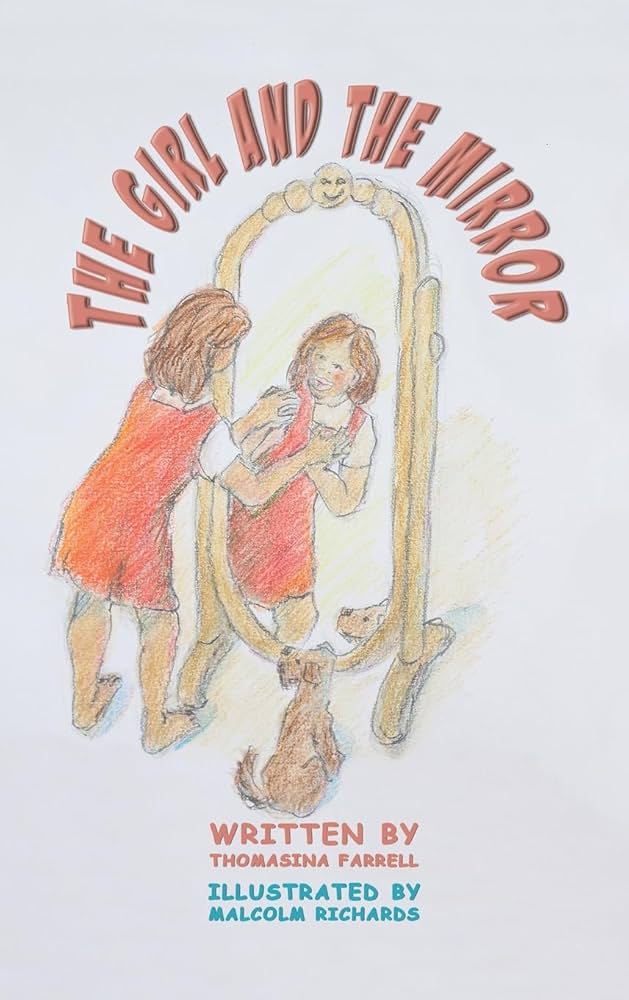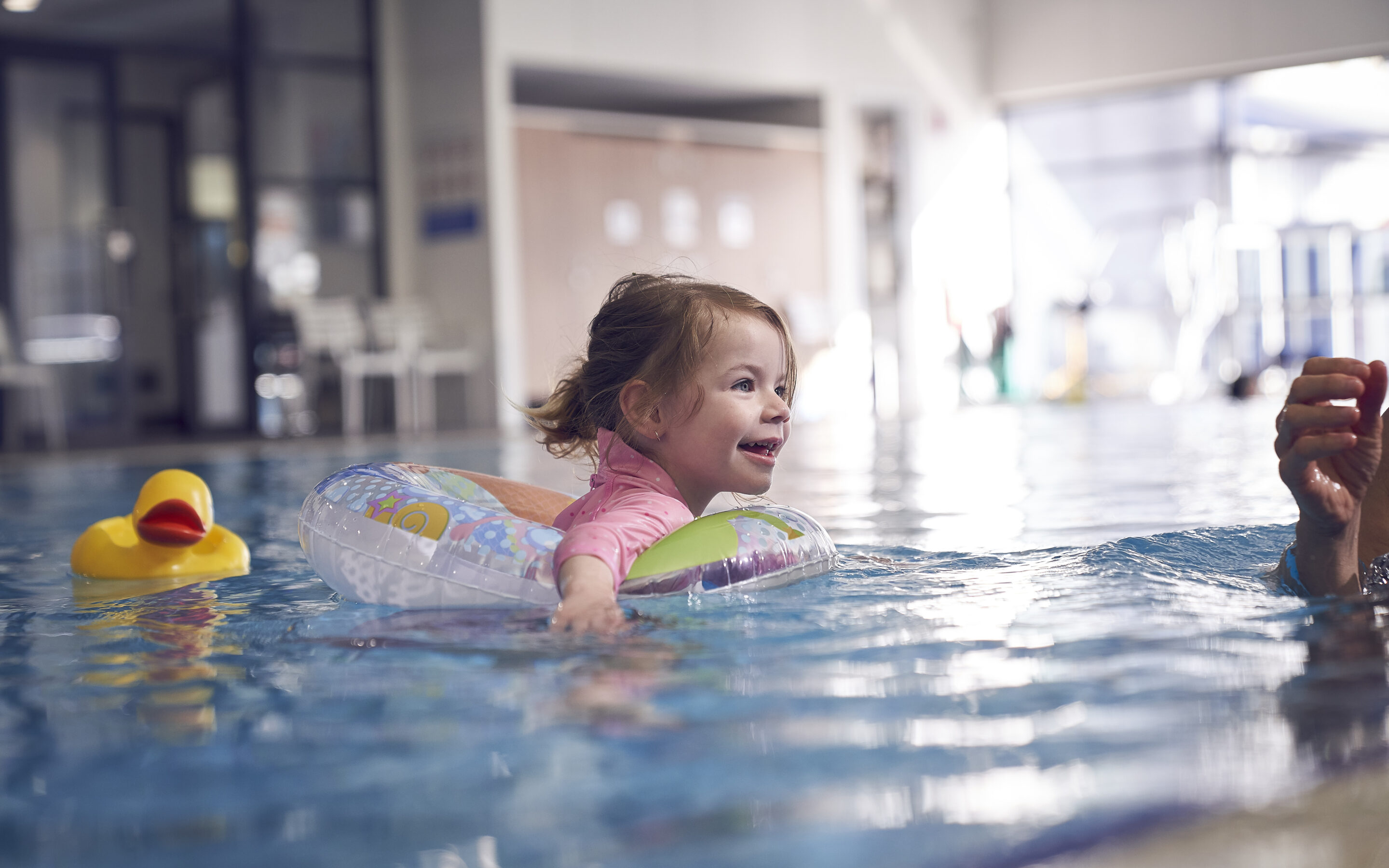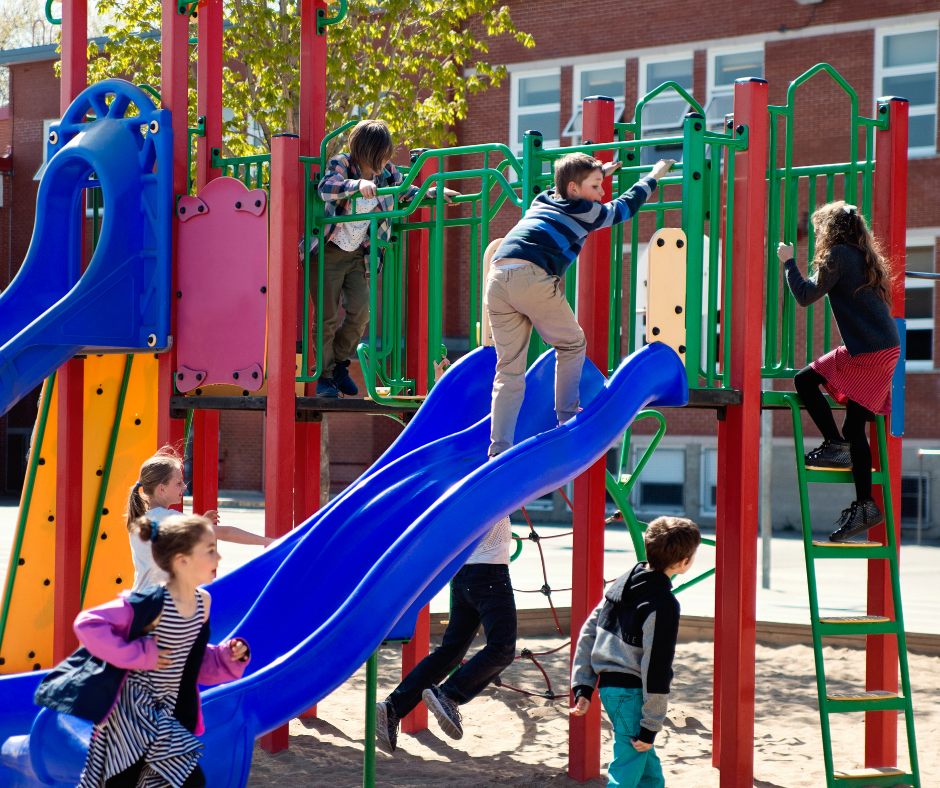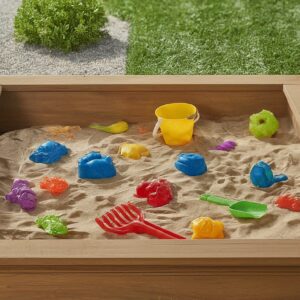
ICJP Passed NDIS Registration Surveillance Audit
NDIS Registration Surveillance Audit Success
We are thrilled to announce that I Can Jump Puddles has successfully passed our recent NDIS Registration Audit with zero non-conformities! This significant achievement underscores our commitment to excellence and reaffirms our position as a leader in safeguarding processes, evidence-based client support, and innovative service delivery within the disability support sector.
Innovation at the Heart of I Can Jump Puddles
Innovation is at the heart of what we do at I Can Jump Puddles. We constantly seek out new ways to improve our services and enhance the client experience. Our successful audit is a testament to our innovative approaches, including the recent introduction of The Puddles Way. The Puddles Way provides a framework for how we strive to support clients with The Three E’s and The Lead Practitioner Approach. These approaches are evidence-based best-practice methods for supporting participants. By implementing therapy in people’s everyday lives in collaboration with the participant, who is an expert on their lives, we aim to empower them to achieve their goals without us by their side. This sets us apart from the traditional clinic-based approach.
Commitment to Transparency and Client Control
We strive to not only provide quality services at I Can Jump Puddles but also protect clients’ rights to anonymity, choice, and control. We have comprehensive systems and processes such as every client rightly having access to know what they are being billed for with their records of service being delivered. This ensures clients are able to be in control of their funding, knowing what is going where.
Gratitude to Our Incredible Team
This achievement would not have been possible without the hard work and dedication of our incredible team. Their unwavering commitment to excellence and passion for making a difference in the lives of our clients have been instrumental in reaching this milestone. We also extend our heartfelt thanks to our clients and their families for their trust and support. Your feedback and collaboration are invaluable to our ongoing improvement and success.
Looking Ahead to Continued Excellence
As we celebrate this achievement, we remain focused on the future. We will continue to uphold the highest standards of quality and safety, ensuring that our clients receive the best possible support. Our journey of innovation and excellence is ongoing, and we are excited to explore new opportunities to further enhance our services.
Thank you for being part of the I Can Jump Puddles community. Together, we will continue to lead the way in providing exceptional disability support services.







